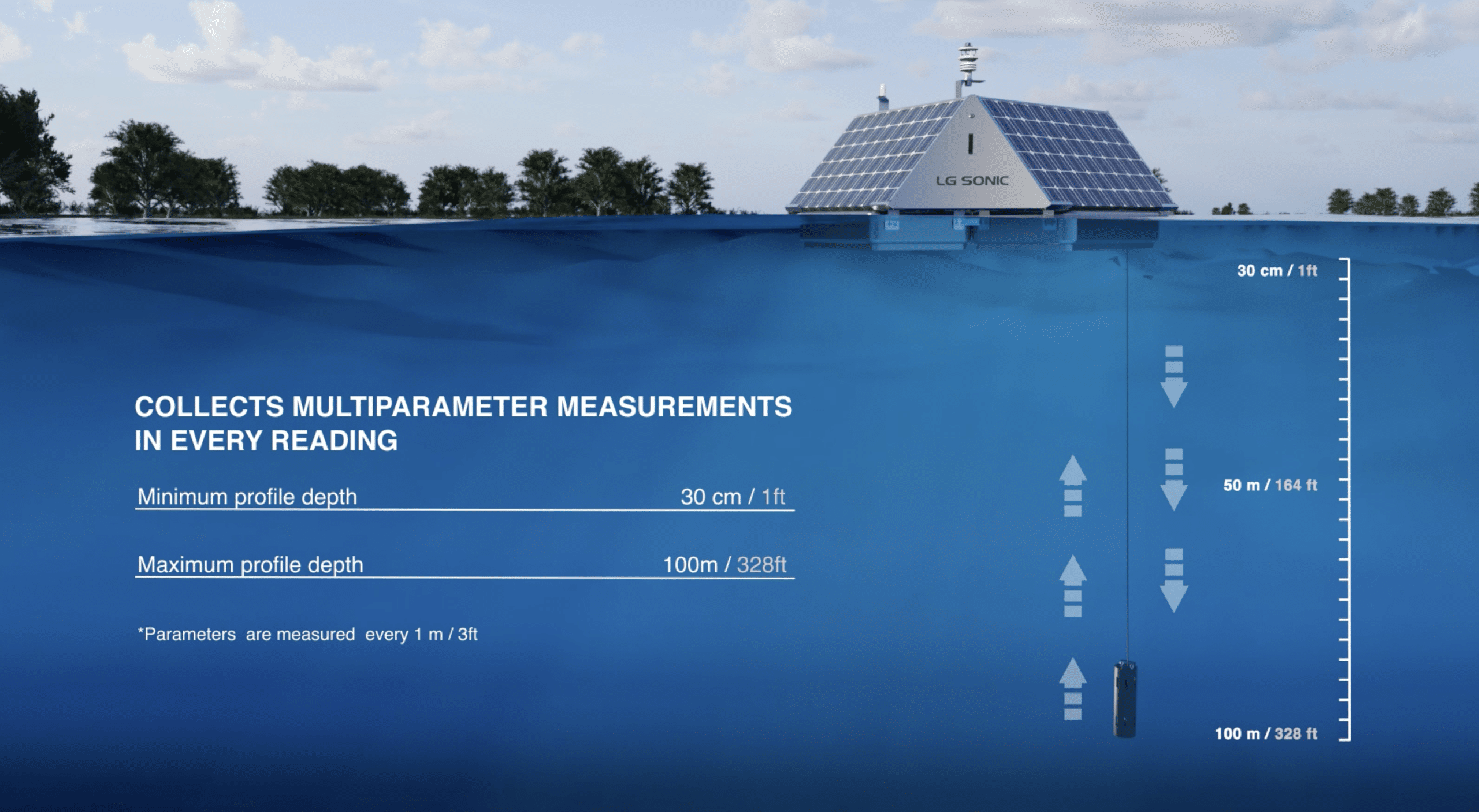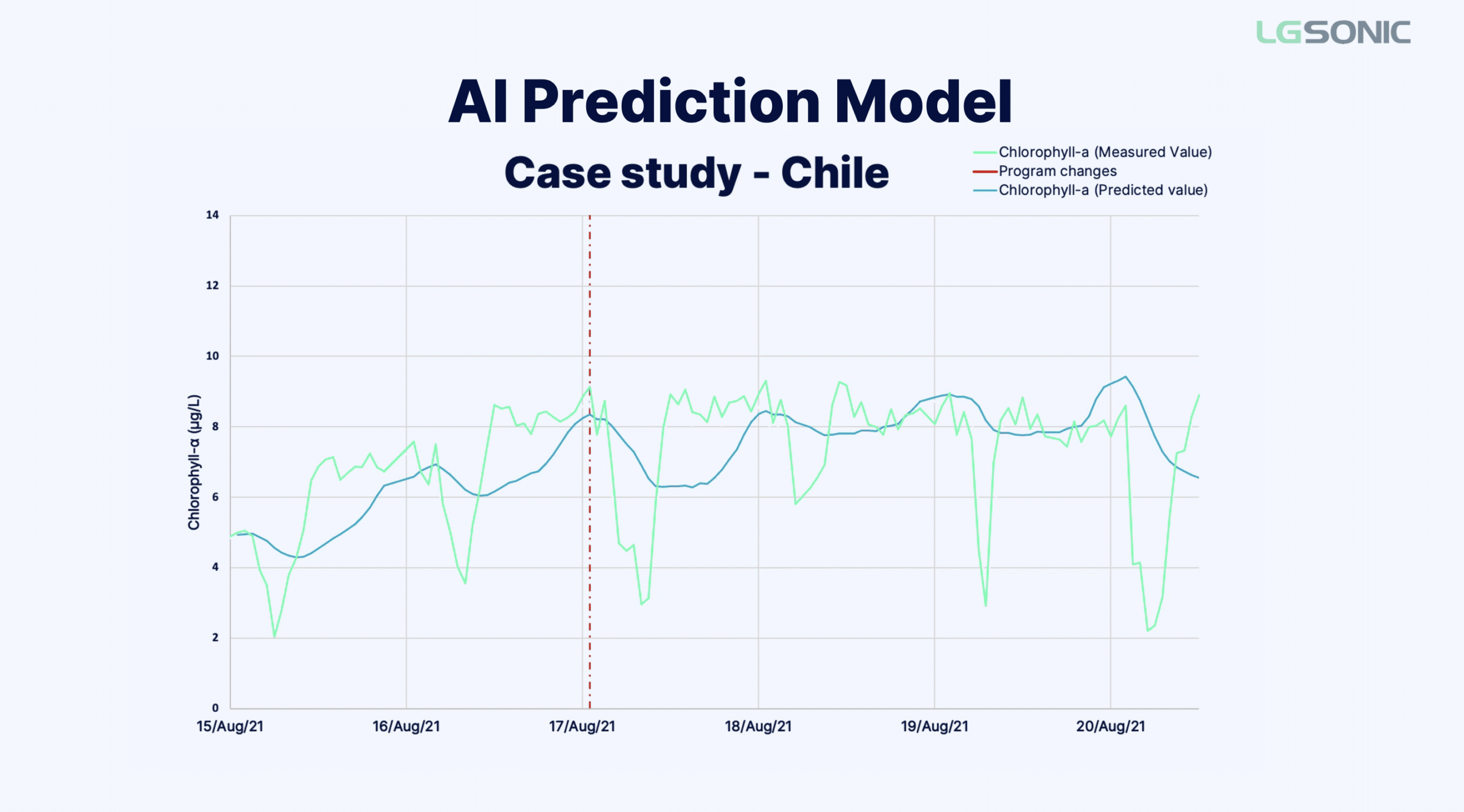Water is one of the most precious natural resources on our planet, essential for sustaining all forms of life. Maintaining the quality of water is paramount, not only for human health but also for the well-being of the environment. However, the quality of water faces constant threats from various sources, including pollution, climate change, and extreme weather events. To safeguard both humanity and nature, we must employ a wide array of tools and technologies to ensure the purity and safety of our water sources.
One increasingly concerning threat to water quality is the proliferation of Harmful Algal Blooms (HABs). These blooms, fueled by factors such as increased nutrient availability, rising water temperatures, and declining biodiversity, can rapidly multiply and release toxic substances. These toxins can contaminate water supplies, disrupt communities’ access to traditional water sources, and devastate entire ecosystems. Effectively managing HABs is essential for preserving aquatic biodiversity, ensuring water security, and protecting the livelihoods of those dependent on water bodies.
Revolutionizing Water Technologies for Algae Prevention
Harmful algal blooms (HABs) pose significant public health risks, as many of the cyanobacteria responsible for these blooms secrete toxins that can harm humans, fish, waterfowl, and wildlife. These toxins can lead to illnesses and even fatalities, wreaking havoc on ecosystems and impacting activities like fishing and water-based tourism. Furthermore, the mitigation efforts required to address HABs can strain government resources and water operators, making it crucial to find innovative, cost-effective solutions.
The public rightfully demands swift and effective responses to HAB events. Timely detection is key to minimizing the damage caused by these blooms, as it allows authorities to implement emergency management plans efficiently and economically. Preventing HABs before they occur can spare communities the substantial costs and disruptions associated with mitigation efforts. However, traditional monitoring approaches often prove to be expensive, time-consuming, and yield inconsistent results.
At LG Sonic, a leading manufacturer of ultrasonic algae control systems, we continually seek to optimize our ultrasound technology to address these challenges effectively. Our commitment to monitoring, testing, and managing water quality is unwavering. In this article, we will delve into three cutting-edge water technologies that have revolutionized our ability to monitor water quality and combat HABs: the Vertical Profiler, Phosphate Monitoring, and AI Prediction.
1. Vertical Profiler: Comprehensive Water Quality Insights

A vertical profiler is an instrument that measures physical, chemical, and biological water quality parameters at different depths in a water column. This system is useful for a wide range of water bodies, from ponds to oceans. By collecting data on temperature, dissolved oxygen, pH, and other parameters, vertical profilers provide a comprehensive picture of water quality over time. Vertical profiler is also able to measure water quality parameters in real-time, which is particularly useful for monitoring dynamic water systems such as rivers and estuaries.
One of the key advantages of vertical profilers is their ability to measure water quality at multiple depths, which allows our water scientists to study the stratification of water bodies and how water quality changes with depth. It can track seasonal processes, give insights into hypoxic and anoxic zones, and even help us understand the local effects of climate change. Moreover, some algal blooms occur at the bottom of water bodies (benthic blooms). Surface monitoring can only detect them when it is too late, but vertical profiling allows us to notice increases in phosphorus, dangerous chemicals, or biomass and develop early warning systems to ensure a preventive approach.
This water technology has a variety of applications, including environmental monitoring, fisheries management, and water resource management. Through the integration with MPC-View, we can generate powerful year-by-year comparisons and help you make the best water management decisions.
2. Phosphate Monitoring: Targeted Nutrient Control
Phosphate, a key factor in aquatic life growth, can cause mayhem when it unexpectedly enters the ecosystem. Picture this: Heavy rains carry fertilizer from nearby farms to a local lake, depositing an abundance of phosphate. Who thrives? The organisms that can multiply the fastest, obviously. Before you know it, you’ve got yourself a cyanobacteria-fueled HAB. Monitoring phosphate levels is therefore vital in maintaining water quality.
One of the benefits of phosphate monitoring is that it allows for a tailored response to HABs. By determining whether nutrient loading is internal or external, it is possible to pinpoint the source of the problem and develop an appropriate response. For example, seasonal releases of orthophosphates from the lake’s sediments will require a different approach than runoff from a nearby cattle ranch.
Another benefit of this water technology is the reduction in time and expenses compared to traditional required field sampling. Our highly stable sensors, able to operate at wide temperature ranges, provide accurate and reliable data throughout the year. Lab-on-chip technology and durable reagents allow for sensors to operate autonomously, further increasing efficiency and reducing costs.
Overall, phosphate monitoring helps identify and tackle sources of nutrient pollution, enhances control of algae growth, and reduces reliance on traditional field sampling methods. This saves precious time and resources while offering constant, reliable data, giving us the best framework to develop and refine TMDLs (total maximum daily loads), BMPs (best management practices), and BMAPs (best management action plans).
3. AI Prediction: Anticipating Harmful Algal Blooms

AI is revolutionizing the way we approach water quality monitoring and is already proving itself to be a vital tool in the prevention of HABs. By using the extensive MPC-View database, we can use AI to predict potential HABs by comparing live water conditions with previous blooms. Continuous monitoring allows us to update our models in real-time, keeping our water safe and clean.
To stay one step ahead of HABs, our AI technology provides a 10-14-day quantitative forecast window that enables us to tackle potential problems before they occur. The parameters used are chlorophyll-a, phycocyanin, and turbidity – key measures for HABs. By using MPC-View software, the AI model can be integrated with other tools to create a comprehensive and easy-to-use platform for water quality management.
Another important benefit of using AI is the ability to incorporate real-time meteorological data into our predictions. Weather Station add-ons provide essential information that helps refine and improve our models, increasing the accuracy of our forecasts. By combining our existing toolset with AI, we can work towards a cleaner and safer future for our water resources.
Ensuring clean and safe water resources is an essential responsibility that requires a comprehensive approach. Monitoring, testing, and managing water quality are all interconnected, and we are committed to being the best at every stage. By utilizing these cutting-edge solutions, you can stay ahead of the curve and prevent HABs before they occur, ensuring a healthier and safer environment for everyone.
